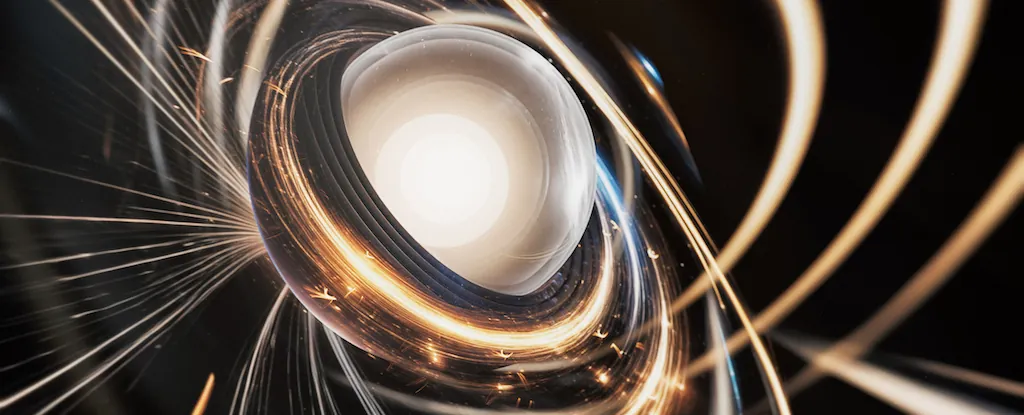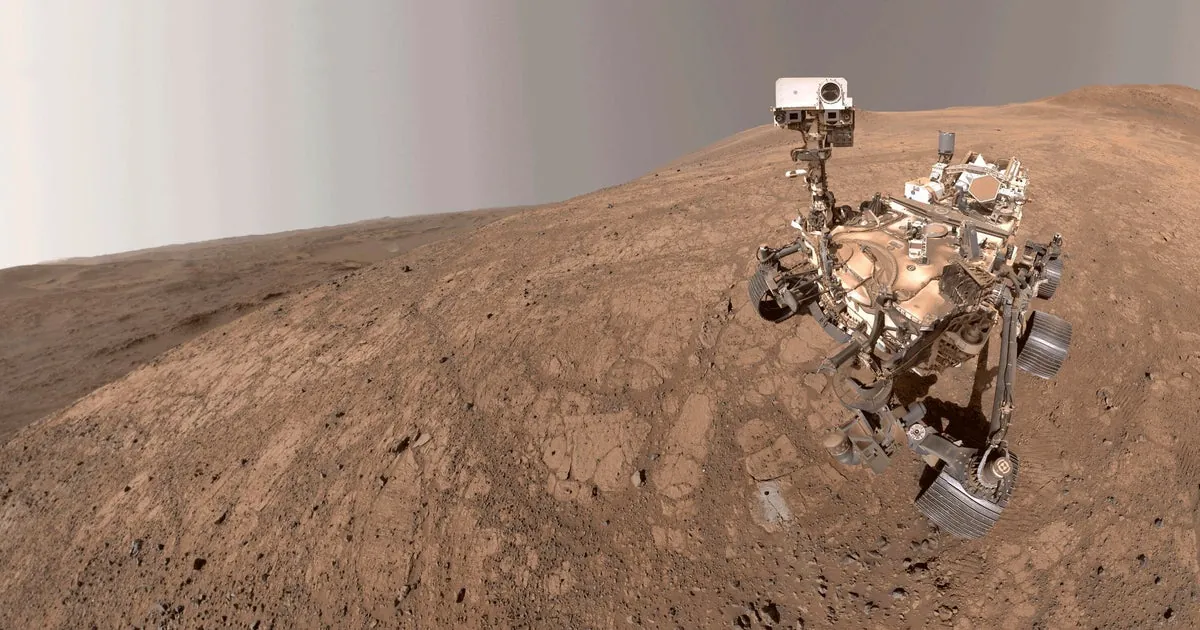Just 0.001165920705, according to new results from Fermilab’s Muon g-2 experiment.
A related project called the Muon g-2 Theory Initiative set out to check what the Standard Model predicted for this value.
Clues that something was amiss came in 2001, when the first version of the Muon g-2 experiment revealed a wide discrepancy between theory and practice.
The current version of the Muon g-2 experiment was fired up in 2018, conducting a new run of experiments each year until 2023.
That’s not to say we know everything though – dark matter and even gravity don’t fit into the Standard Model yet, so there’s still plenty of holes left to plug.
The magnetic “wiggle” of a muon, an elementary particle, has been measured more precisely than ever before by physicists at Fermilab. This value has long been disputed.
Unfortunately, that measurement is in good agreement with the Standard Model, so it is unlikely to be concealing any new and exotic physics as some had hoped.
Although a muon is roughly 207 times more massive than an electron, they are similar. In theory, muon motion in a magnetic field should be highly predictable, and this can be expressed in terms of the gyromagnetic ratio, or g.
The value of g should be a nice, neat 2 in a simple world, but that would obviously be too simple. The g-factor of the muon appeared to be just a bit over 2, and its magnetic dance is somewhat of an anomaly. Pi is also just a bit over 3.
New results from Fermilab’s Muon g-2 experiment show that it is only 0.001165920705. Data gathered over six years of particle accelerator experiments is included in this measurement.
According to the team, this final figure is accurate to within 127 parts per billion. In order to put that level of accuracy into perspective, the researchers claim that you could detect the absence of a single grain of sand if you were to measure the US’s width to that extent.
The study’s potential for new forces or particles to explain the unusual magnetic motion, however, is what makes it so fascinating.
Checking what the Standard Model predicted for this value was the goal of a related project known as the Muon g-2 Theory Initiative. They have calculated 0.00116592033 using a larger dataset than before. That leaves very little room for any cool, exotic physics to be at work because it puts it very close to the value obtained through experimental means.
According to Regina Rameika, an experimental physicist at the US Department of Energy’s Office of High Energy Physics, “the anomalous magnetic moment, or g–2, of the muon is important because it provides a sensitive test of the Standard Model of particle physics.”.
This outcome is thrilling, and it’s wonderful to witness an experiment conclude with a precise measurement. “..”.
frameborder=”0″allow=”autoplay; clipboard-write; encrypted-media; gyroscope; picture-in-picture; web-share; accelerometer; permitfullscreen>” referrerpolicy=”strict-origin-when-cross-origin”.
When a muon rotates within a magnetic field, its poles ought to practically align with the field. But that didn’t work out; instead, it wobbles very slightly, resembling an unbalanced spinning top. Furthermore, this wobble might indicate that the muon is being pushed by invisible, unidentified particles if it was very severe.
There is never a completely empty vacuum because pairs of virtual particles are always entering and exiting due to quantum fluctuations. Other particles in the vicinity may be impacted in different ways by these fleeting invaders of our reality.
Because of its relative mass, the muon is especially vulnerable to virtual particle effects. Physicists could therefore determine the characteristics of these enigmatic virtual particles by precisely measuring the amount that the muon wobbles outside of its expected range, possibly opening up a new branch of physics beyond the Standard Model. Supersymmetry and dark photons are two possible hypotheses.
Physicists have been plagued by the intriguing problem of the muon’s g-factor for many years. When a significant gap between theory and practice was discovered in the initial Muon g-2 experiment in 2001, there were indications that something was wrong.
In the decades that followed, more experiments produced measurements that were ever more accurate, and methods for calculating the Standard Model’s predictions also advanced at the same time. There was still a discrepancy, though.
Launched in 2018, the current Muon g-2 experiment will continue to run new experiments annually until 2023. Two batches of the first three runs’ data were made public, and each one appeared to suggest new physics more and more.
More than three times as much data as the previous release was used in this most recent measurement, which includes data from all six runs. Through the use of upgraded equipment, that data is not only more abundant but also of higher quality.
In this instance, it appears that everything is as it should be, which is unfortunate for those who wish to add a few more chapters to their physics textbooks. That’s not to say we know everything, though; there are still many unanswered questions because even gravity and dark matter don’t yet fit into the Standard Model.







